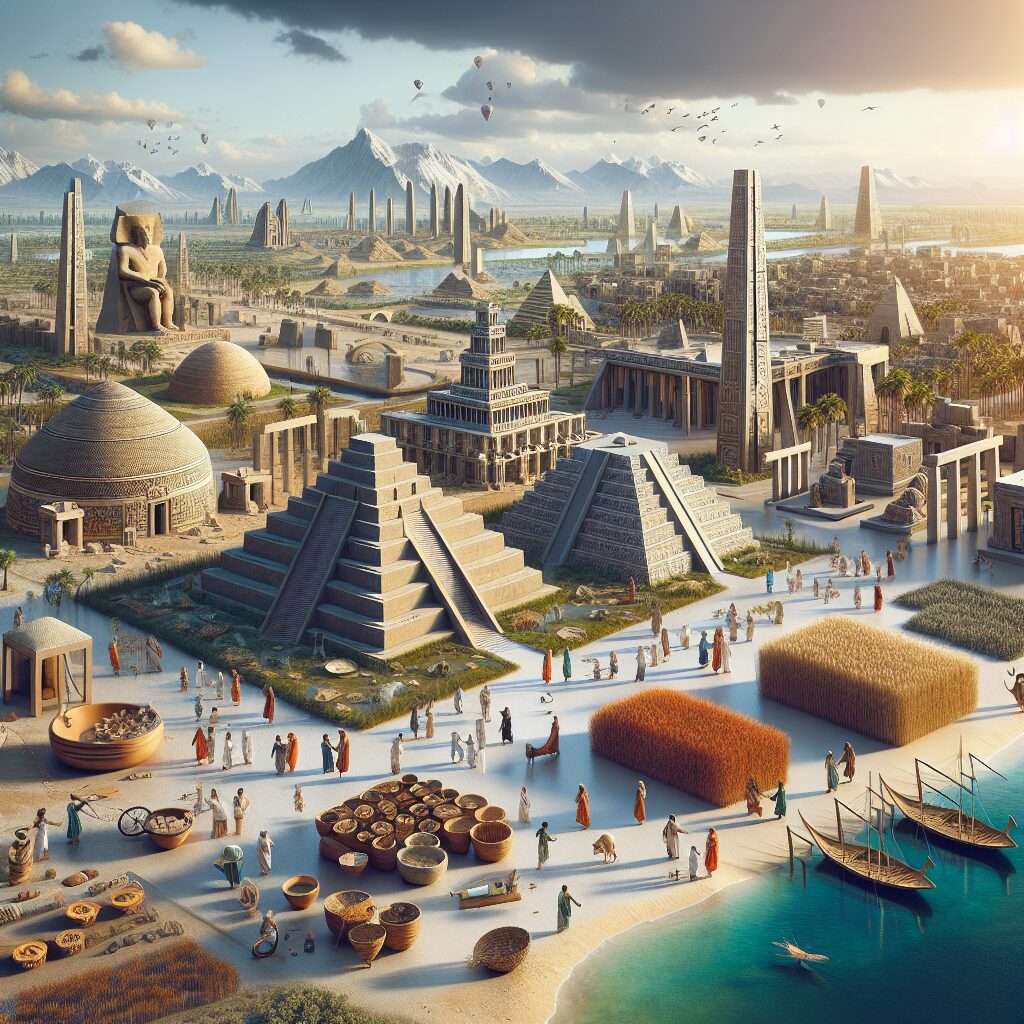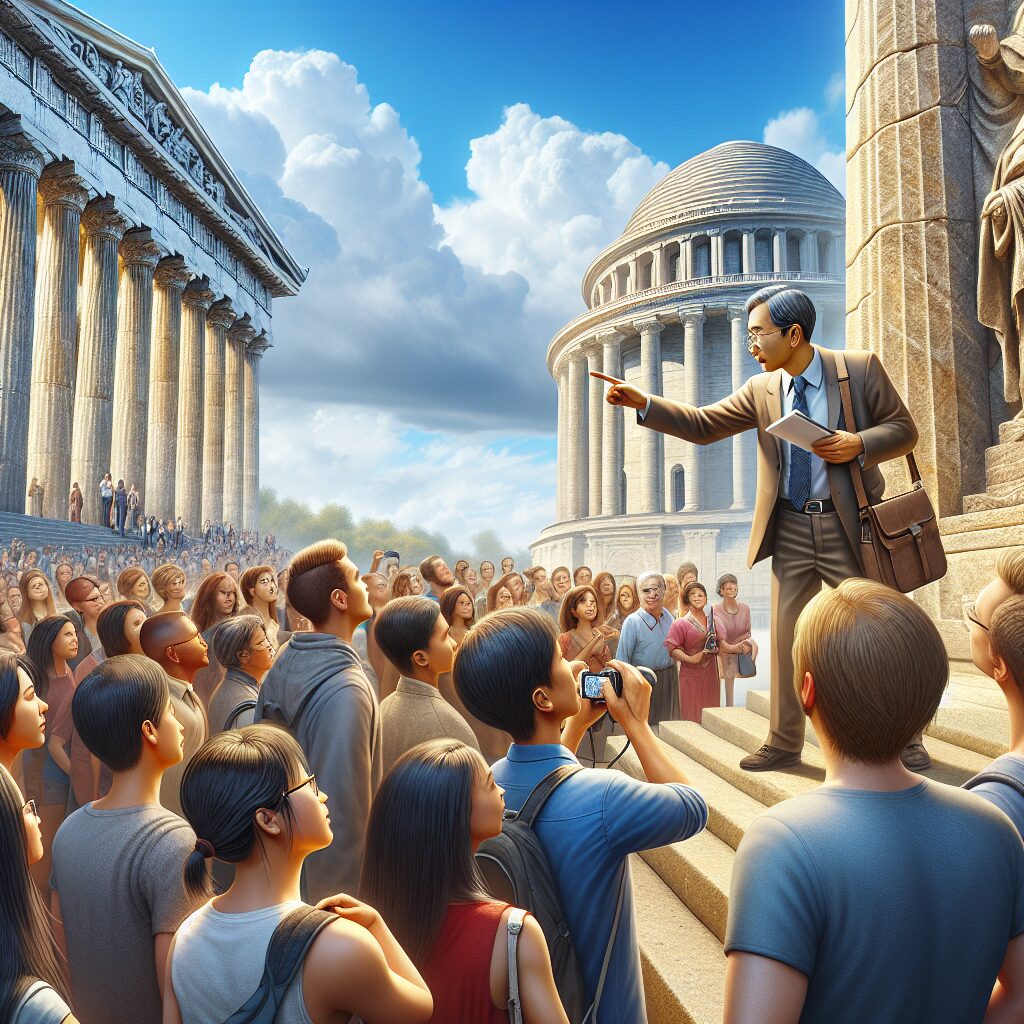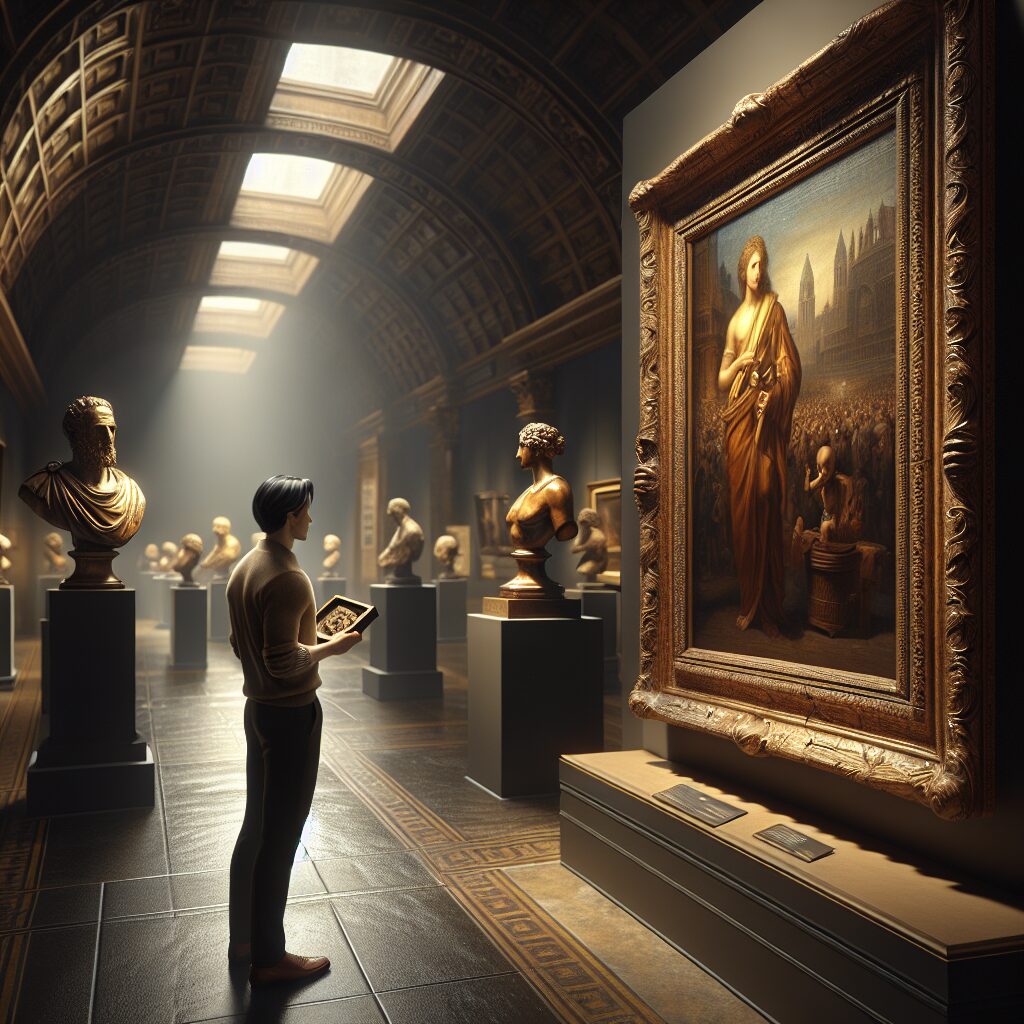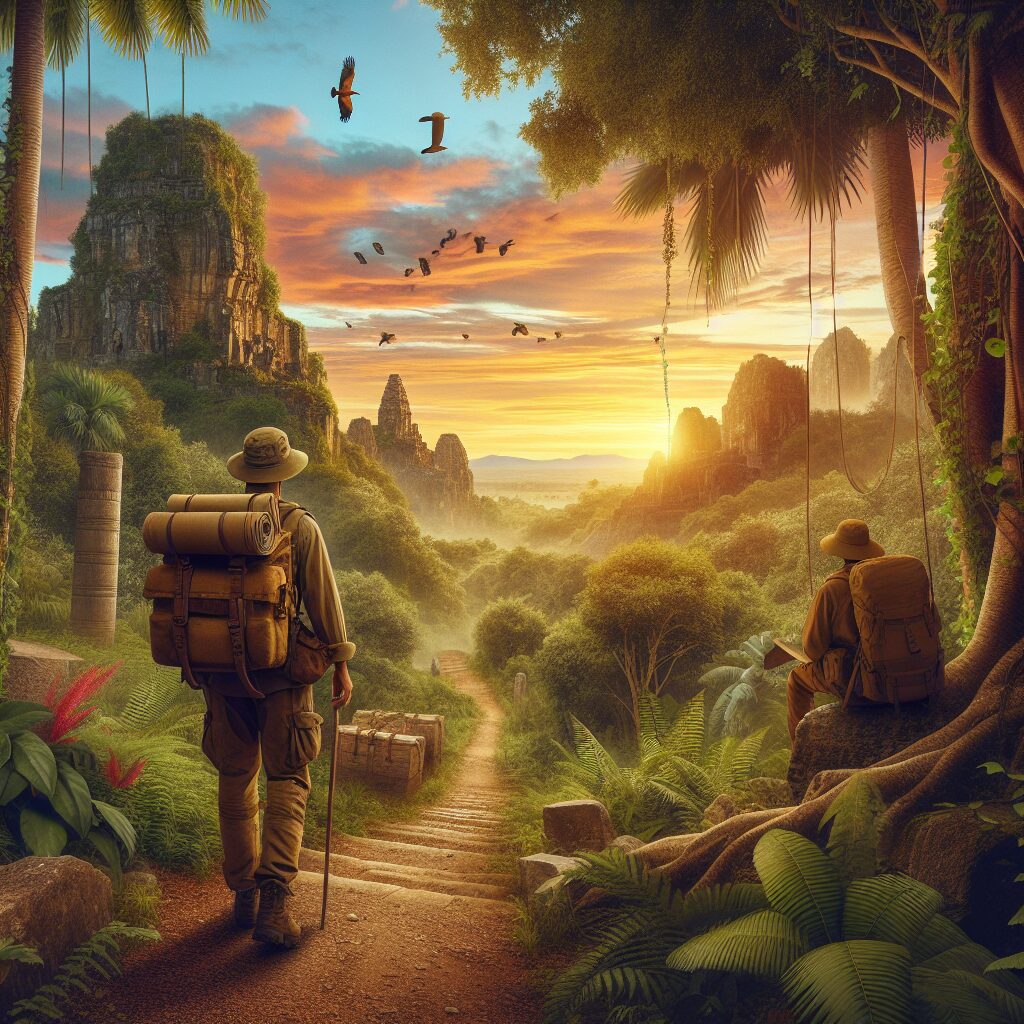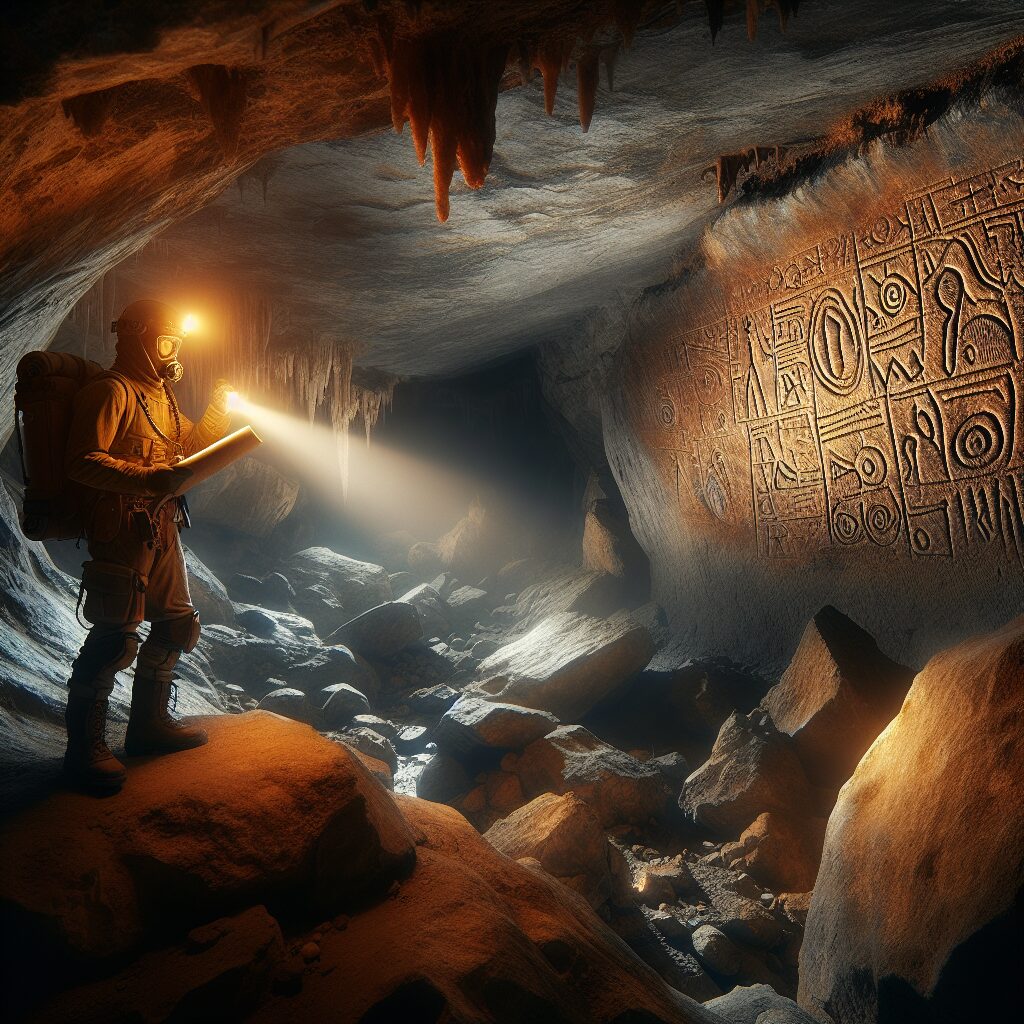Discovering Ancient Civilizations is a fascinating journey into the past, unearthing remnants of long-lost societies that once thrived in different parts of the world. From the magnificent pyramids of Egypt to the enigmatic Machu Picchu in Peru, these ancient civilizations have left an indelible mark on history, offering invaluable insights into our shared human heritage. As we delve into the intricacies of these ancient societies, we uncover their unique social, cultural, and technological advancements that continue to influence our modern world in profound ways.
One of the remarkable features of ancient civilizations is their mastery of architecture and engineering. From the towering structures of ancient Egypt to the majestic temples of ancient Greece, these civilizations displayed unparalleled ingenuity in monumental construction. Their architectural marvels not only showcase their advanced knowledge of engineering principles but also reflect the deep spiritual and cultural significance embedded within these structures. Furthermore, ancient civilizations were accomplished astronomers, as evidenced by their precise alignment of structures with celestial phenomena, such as solstices and equinoxes. This demonstrates their exceptional understanding of astronomical principles and their ability to integrate them into their architectural designs.
In the upcoming sections, we will explore the key takeaways from the study of ancient civilizations. We will delve into the rich cultural practices, trade networks, and artistic achievements of these societies, discovering how they have influenced our modern world. Furthermore, we will examine the rise and fall of major ancient civilizations and explore the factors that contributed to their demise. By understanding the successes and failures of these ancient societies, we can gain valuable insights that inform our present and shape our future. So, let us embark on this captivating journey to unravel the mysteries of the past while uncovering the profound impacts of ancient civilizations on our lives today.
Key Takeaways
1. Archaeological discoveries provide valuable insights into the ancient civilizations that shaped our world. From the pyramids of Egypt to the lost cities of the Mayans, these findings offer a glimpse into the rich history and cultural achievements of past societies.
2. The study of ancient civilizations requires interdisciplinary research involving archaeologists, historians, anthropologists, and other specialists. By combining various methods and expertise, researchers can piece together the puzzle of ancient cultures, revealing their customs, technological advancements, and societal structures.
3. Technologies such as remote sensing and Lidar have revolutionized the field of archaeology, enabling scientists to uncover hidden structures and landscapes. From identifying buried cities to mapping vast archaeological sites, these tools have greatly expanded our understanding of ancient civilizations.
4. Cultural heritage preservation is crucial to safeguarding the invaluable remnants of ancient civilizations. By protecting ancient structures, artifacts, and sites, we can ensure that future generations can continue to learn from and appreciate the legacy of our ancestors.
5. Studying ancient civilizations provides valuable lessons for the present and future. It allows us to examine the rise and fall of civilizations, understand how human societies adapt and change over time, and appreciate the importance of preserving cultural heritage for the benefit of future generations.
Discovering Ancient Civilizations: Unraveling the Mysteries of the Past
Exploring Archaeological Sites
When it comes to discovering ancient civilizations, one of the most exciting and informative ways is by exploring archaeological sites. These sites are a treasure trove of artifacts and clues that provide invaluable insights into the past. By excavating these sites and analyzing the findings, historians and archaeologists can piece together the puzzle of ancient civilizations.
The Importance of Artifact Analysis
Artifacts play a crucial role in discovering ancient civilizations. These objects, such as pottery, tools, jewelry, and writings, hold immense historical value. Through careful analysis, researchers can determine the cultural practices, technological advancements, and social structures of these civilizations. Each artifact tells a story, shedding light on the daily lives, beliefs, and achievements of our ancestors.
Utilizing Technological Advances
In today’s digital age, technology has revolutionized the way we discover ancient civilizations. Advanced imaging techniques, such as remote sensing and ground-penetrating radar, enable archaeologists to visualize hidden structures and features beneath the earth’s surface. Additionally, satellite imagery aids in identifying potential sites for exploration. With these technological tools at hand, the search for ancient civilizations has become more efficient and accurate.
The Role of Historical Texts
Historical texts and writings are invaluable resources when it comes to discovering ancient civilizations. From ancient scrolls to inscriptions on monuments, these written records provide firsthand accounts of the past. They offer glimpses into the political, religious, and societal aspects of ancient civilizations. By deciphering these texts, historians can uncover lost knowledge and gain a deeper understanding of these ancient cultures.
Unlocking Language and Scripts
Language and scripts were an integral part of ancient civilizations. Decoding and understanding these languages is crucial in our pursuit of unraveling their mysteries. Linguists and epigraphers study ancient scripts, such as hieroglyphics, cuneiform, and Mayan glyphs, to decipher their meanings. By unlocking these ancient languages, we can access a wealth of knowledge and stories from the past.
Preservation and Conservation
Preserving and conserving the remains of ancient civilizations is essential for future generations. Archaeologists and conservationists work tirelessly to protect and maintain archaeological sites, artifacts, and structures. Through proper documentation, excavation techniques, and conservation practices, we can ensure that these valuable remnants of the past are safeguarded for years to come.
3 Tips for Discovering Ancient Civilizations
- Join archaeological expeditions or volunteer at excavation sites to gain hands-on experience in discovering ancient civilizations.
- Stay updated with the latest research and technological advancements in the field of archaeology, as new techniques and discoveries continually enhance our knowledge of ancient civilizations.
- Visit museums and historical sites showcasing artifacts and relics from ancient civilizations to gain a deeper appreciation for the rich history that lies beneath our feet.
Frequently Asked Questions
Question 1: What are some popular ancient civilizations that have been discovered?
Ancient civilizations such as the Egyptians, Greeks, Mayans, Romans, and Incas are some of the popular civilizations that have been discovered.
Question 2: How do archaeologists discover ancient civilizations?
Archaeologists discover ancient civilizations through various methods including excavation, analysis of artifacts and structures, studying historical records, and conducting research.
Question 3: What is the importance of discovering ancient civilizations?
Discovering ancient civilizations is important as it helps us gain insights into the past, understand the development of human societies, and unravel the mysteries of ancient cultures.
Question 4: How can I get involved in the field of discovering ancient civilizations?
If you’re interested in getting involved in discovering ancient civilizations, you can pursue a degree in archaeology or join archaeological organizations and expeditions. Volunteering or participating in archaeological digs is also a great way to get hands-on experience.
Question 5: Are there still unknown ancient civilizations waiting to be discovered?
Yes, there is a high possibility that there are still many unknown ancient civilizations waiting to be discovered. With advancements in technology and new archaeological techniques, more ancient civilizations are likely to be uncovered in the future.
Question 6: What challenges do archaeologists face when discovering ancient civilizations?
Archaeologists face challenges such as limited funding, difficult terrain, political instability, preservation issues, and the need for careful excavation to avoid damage to the artifacts and structures.
Question 7: Can discovering ancient civilizations change our understanding of history?
Absolutely. Discovering ancient civilizations often leads to significant revisions in our understanding of history. New findings can challenge existing theories and provide fresh insights into the past.
Question 8: What role does technology play in discovering ancient civilizations?
Technology plays a crucial role in discovering ancient civilizations. Tools like ground-penetrating radar, LiDAR, and 3D scanning help archaeologists to explore and analyze sites with greater accuracy and detail.
Question 9: What are some famous archaeological discoveries of ancient civilizations?
Famous archaeological discoveries include the tomb of Tutankhamun in Egypt, the ancient city of Pompeii in Italy, the Great Wall of China, the Machu Picchu ruins in Peru, and the Rosetta Stone, to name a few.
Question 10: Are there any ethical considerations in the field of discovering ancient civilizations?
Yes, ethical considerations play an important role in the field of discovering ancient civilizations. It is essential to respect and preserve the cultural heritage of the civilizations being studied, ensuring that discoveries are not exploited or taken out of their original context.
Final Thoughts
Discovering ancient civilizations is a fascinating journey that allows us to delve into the rich tapestry of human history. Through the tireless work of archaeologists and the advancements in technology, we continue to unearth remarkable insights from the past. Each discovery not only sheds light on the achievements of ancient peoples but also challenges our assumptions about the development and progress of human societies.
As we uncover more about ancient civilizations, it is crucial to approach the field with respect and a sense of responsibility. Preserving and protecting these archaeological sites ensures that future generations can also marvel at the wonders of our ancient past. Let us embrace the fascination of discovering ancient civilizations and learn from the knowledge they provide us about our shared human heritage.


